Frequently Asked Questions About Pit Bull Colors
1. What are the most common colors found in Pit Bulls?
Pit Bulls come in a wide range of colors due to their diverse genetic makeup. The most common colors are black, blue, brindle, and fawn. Black Pit Bulls have a solid, glossy black coat. Blue Pit Bulls have a unique steel gray coloration, which gives them a standout appearance. Brindle Pit Bulls feature a beautiful striped pattern that can vary from light to heavy striping. Fawn Pit Bulls have a tan or light brown coat, often accompanied by a white chest and feet. Each color has its own distinct charm, and none affects the dog’s temperament or health differently than others.
2. Are white Pit Bulls rare?
White Pit Bulls are less common than other colors but are not exceedingly rare. They are often not pure white but may have patches of another color. The white color in Pit Bulls is due to a lack of pigment in the coat, which can also lead to sensitivity to sunlight and a higher risk of skin cancer. Owners of white Pit Bulls need to take extra care in sun protection for their pets.
3. Can Pit Bulls have multicolored coats?
Yes, Pit Bulls can have multicolored coats. These are usually a mix of white with another color like black, blue, or brindle. Patches are common, particularly on the face, chest, and paws. This multicolor pattern is typically due to the piebald genetic pattern, which is quite common in many dog breeds, including Pit Bulls. The piebald pattern does not affect their health or temperament.
4. Do the colors of a Pit Bull indicate its temperament?
No, the color of a Pit Bull’s coat has no impact on its temperament. Pit Bulls, regardless of coat color, are known for their loyalty, affection, and intelligence. Temperament is influenced more by genetics, upbringing, training, and socialization than by coat color. It’s important for potential dog owners to understand that proper training and socialization are what make a well-behaved dog, not the color of their coat.
5. What is a blue nose Pit Bull?
A blue nose Pit Bull is not a separate breed but a Pit Bull with a blue-gray nose, which corresponds with a blue-gray coat. This coloring is due to a dilution of the black pigment. The term “blue nose” is often used in marketing to attract potential buyers looking for something unique, but it should be noted that this feature does not denote a breed difference and does not warrant any special status.
6. How does color impact the health of Pit Bulls?
In general, color does not directly impact the overall health of Pit Bulls. However, some colors associated with specific genetic mutations, like the merle pattern, can lead to health issues. Merle is not common in purebred Pit Bulls and should be approached with caution as it can increase the risk of sensory impairments such as deafness and blindness. Always ensure that health considerations are prioritized over color when choosing a Pit Bull.
7. Are certain colors or patterns associated with genetic defects in Pit Bulls?
While most colors of Pit Bulls are just variations without associated health problems, some specific patterns like merle can lead to genetic defects if not bred responsibly. Pit Bulls do not typically carry the merle gene, but if it appears due to mixed breeding, it can lead to serious health issues like deafness and blindness. Responsible breeding practices are crucial to avoid perpetuating these problems.
8. What is the most rare color for a Pit Bull?
The most rare color for a Pit Bull is the merle pattern. This coloration is not typical for the breed and usually indicates mixed lineage. Merle Pit Bulls are striking due to their mottled patches of color and often blue or odd-colored eyes. However, because this pattern can be associated with health issues, it is controversial and considered undesirable by breed purists.
9. Is there a color that is preferred for showing Pit Bulls?
For showing, the preferred colors are those recognized by the breed standards, which typically include solid colors and simple patterns like black, blue, fawn, and brindle. Exotic colors like merle or non-standard patterns may be penalized or disqualified in the show ring. Standards vary by organization, so it’s important to consult the specific guidelines of the registering body.
10. Can the color of a Pit Bull puppy change as it grows?
Yes, the color of a Pit Bull puppy can change as they grow. Puppies that appear to be one color may develop more distinct patterns or slightly change in shade as their adult coat comes in. For example, brindle puppies may darken or lighten, and blue or fawn puppies might see a deepening of color. It’s always exciting to see how a Pit Bull puppy’s coat develops as it matures!

 2 weeks ago
18
2 weeks ago
18
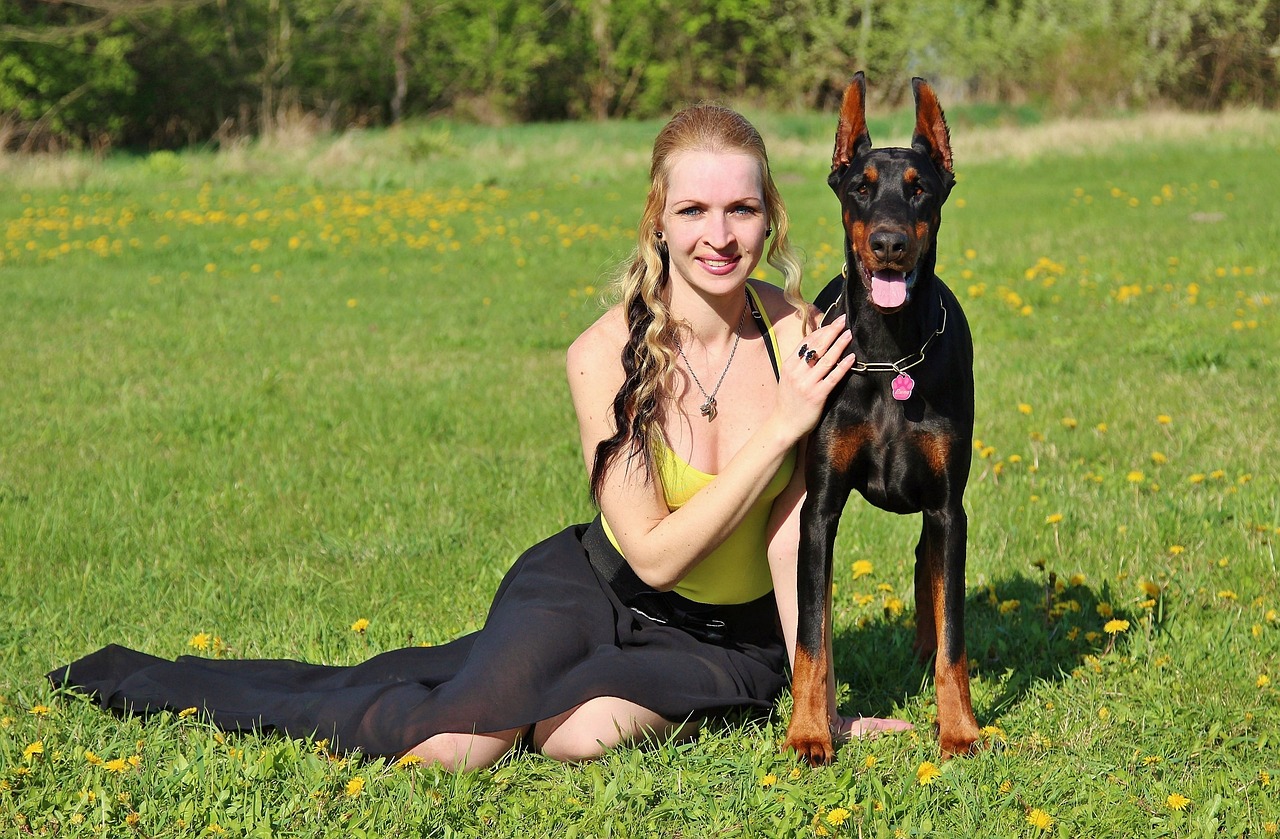
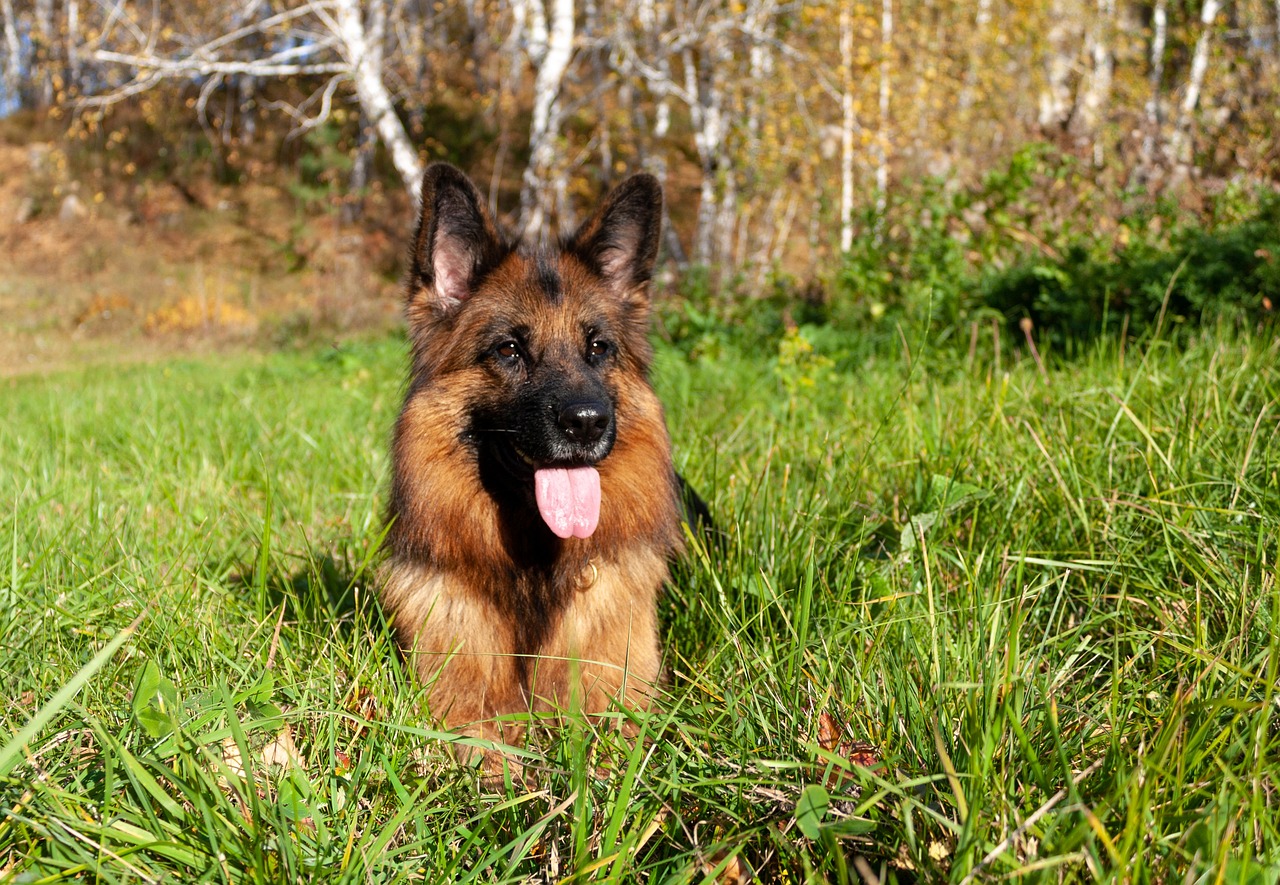

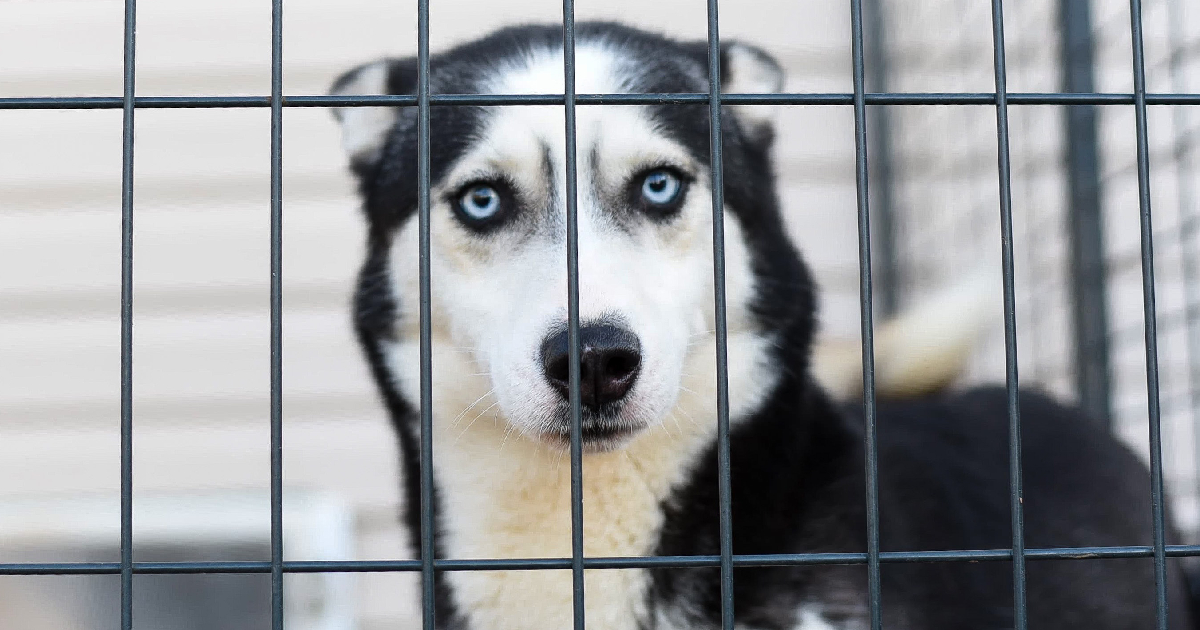

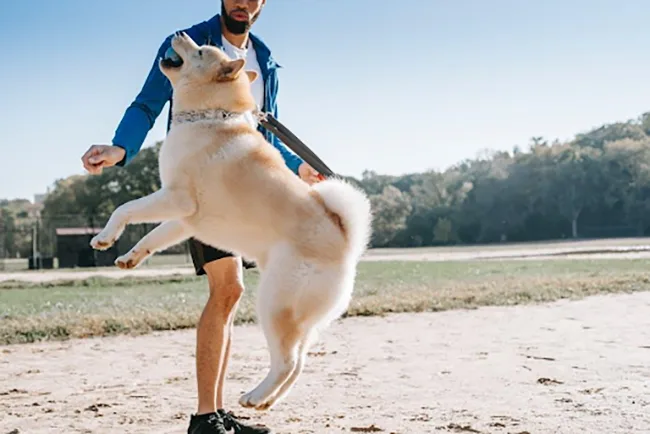



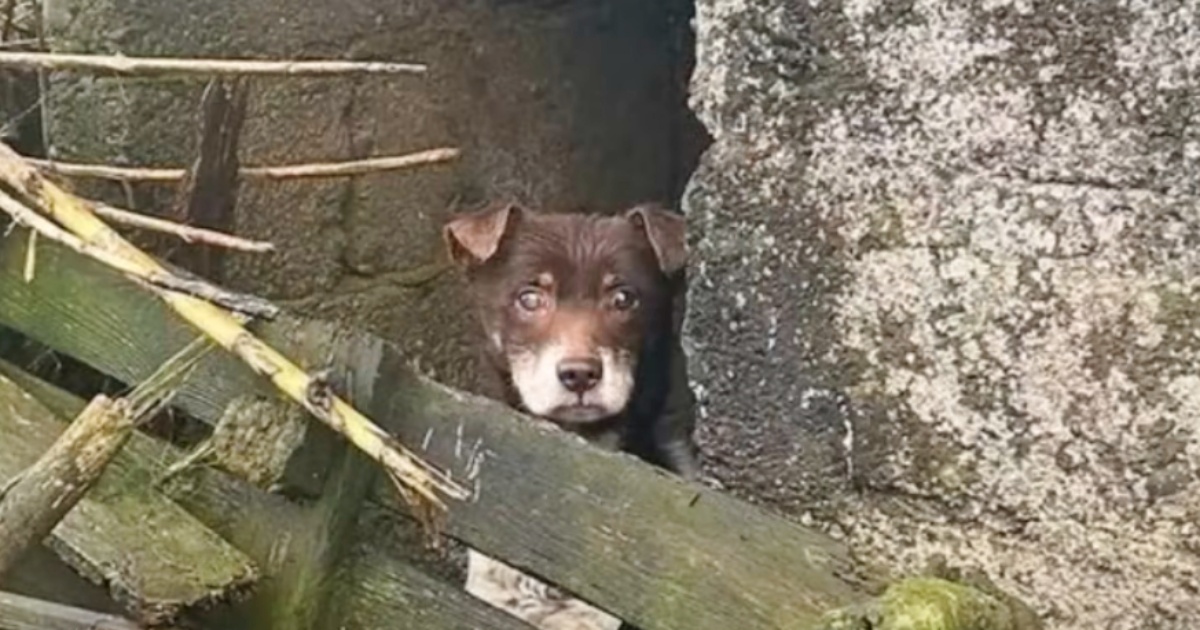



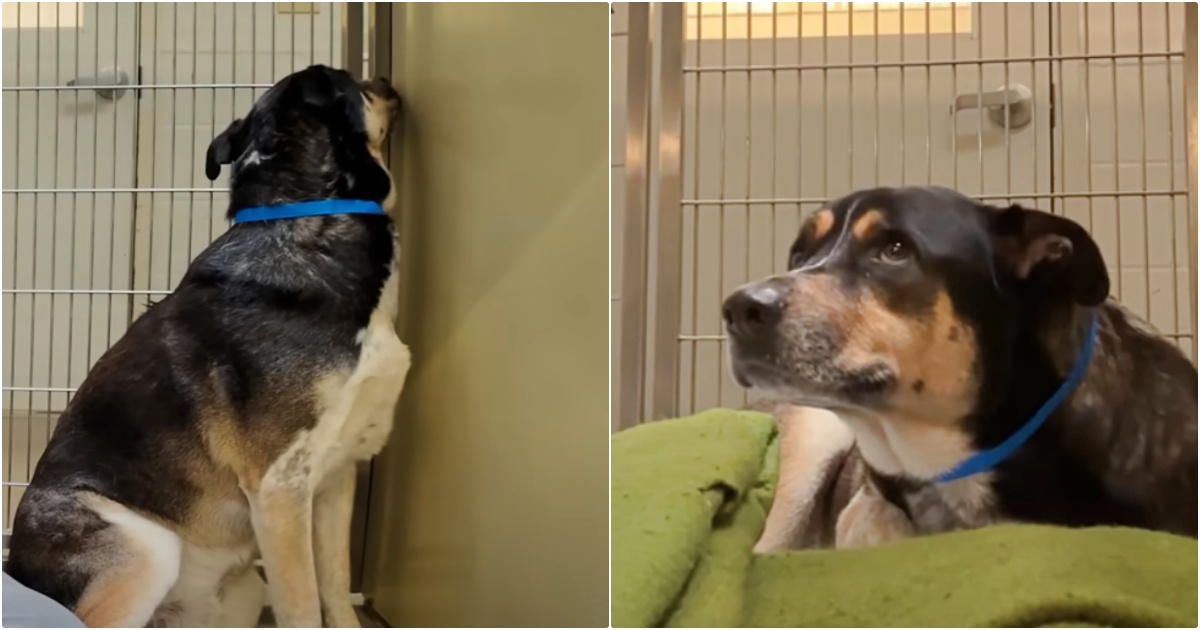
![Cost of a Borzoi Puppy by US Region [2024]](https://iheartdogs.com/wp-content/uploads/2024/04/borzoi-4950553_1280.jpg)

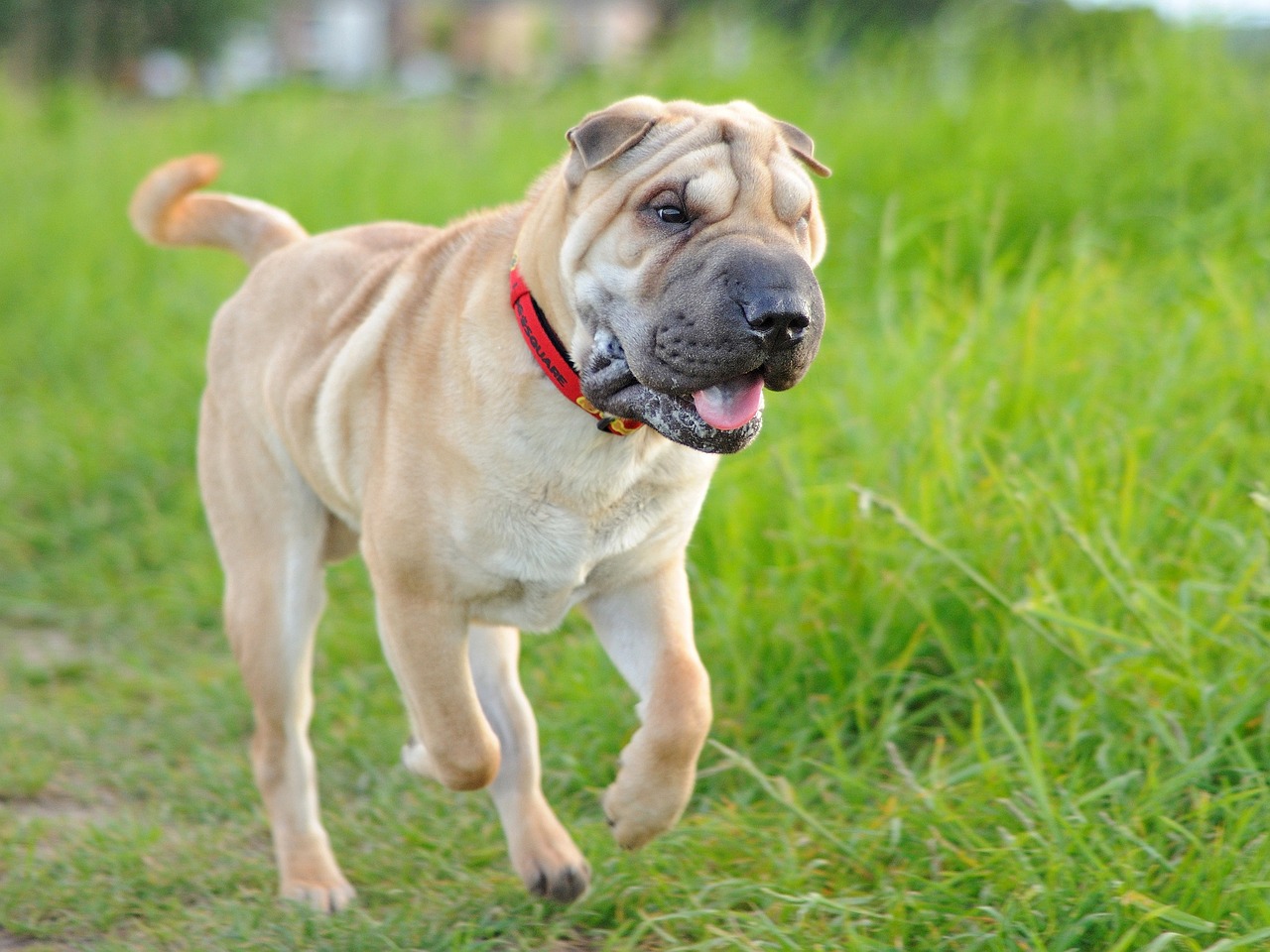

 English (US) ·
English (US) ·